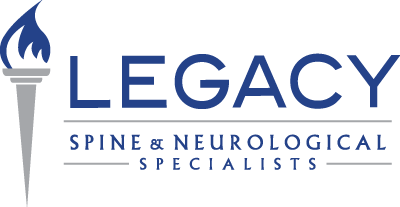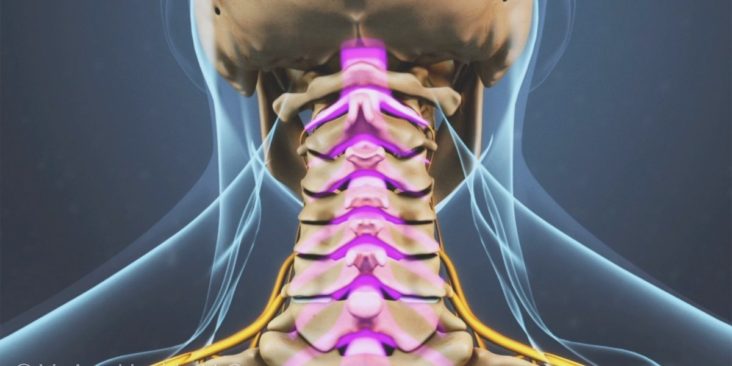Myelopathy is a term used to describe dysfunction of the spinal cord. This most commonly occurs due to degenerative or aging changes in the spine. Degenerative changes occur in everyone to varying degrees. Common radiologic signs of degenerative changes include enlargement of the joints, degradation of the disks and bone, bone spurs and even herniated disks. Most of the time these changes do not cause problems. However, in some patients these changes can cause significant narrowing of the spinal canal resulting in spinal stenosis. Stenosis can cause pressure on the spinal cord and cause spinal cord dysfunction or myelopathy. The spinal cord relays information from the brain to the rest of your body and myelopathy can interrupt these important neurological pathways causing discomfort.
Symptoms may include:
- Numbness and tingling in arms and/or hands
- Difficulty grasping objects or using hands
- Frequently dropping items
- Difficulty opening jars
- Balance problems
- Pain in neck, shoulders and arms
- Weakness or heaviness feeling in arms or legs
- Loss of sensation
- Muscle cramping
Not everyone with these symptoms has cervical stenosis or myelopathy. There are other common problems like carpal tunnel syndrome and peripheral neuropathy that can mimic cervical stenosis symptoms. Mild cases can often be treated conservatively but patients with severe stenosis and myelopathy may require surgical treatment to prevent further spinal cord damage. If you have these symptoms its important to see a neurologist or neurosurgeon to determine the cause and appropriate treatment options.

